Your cart is currently empty!
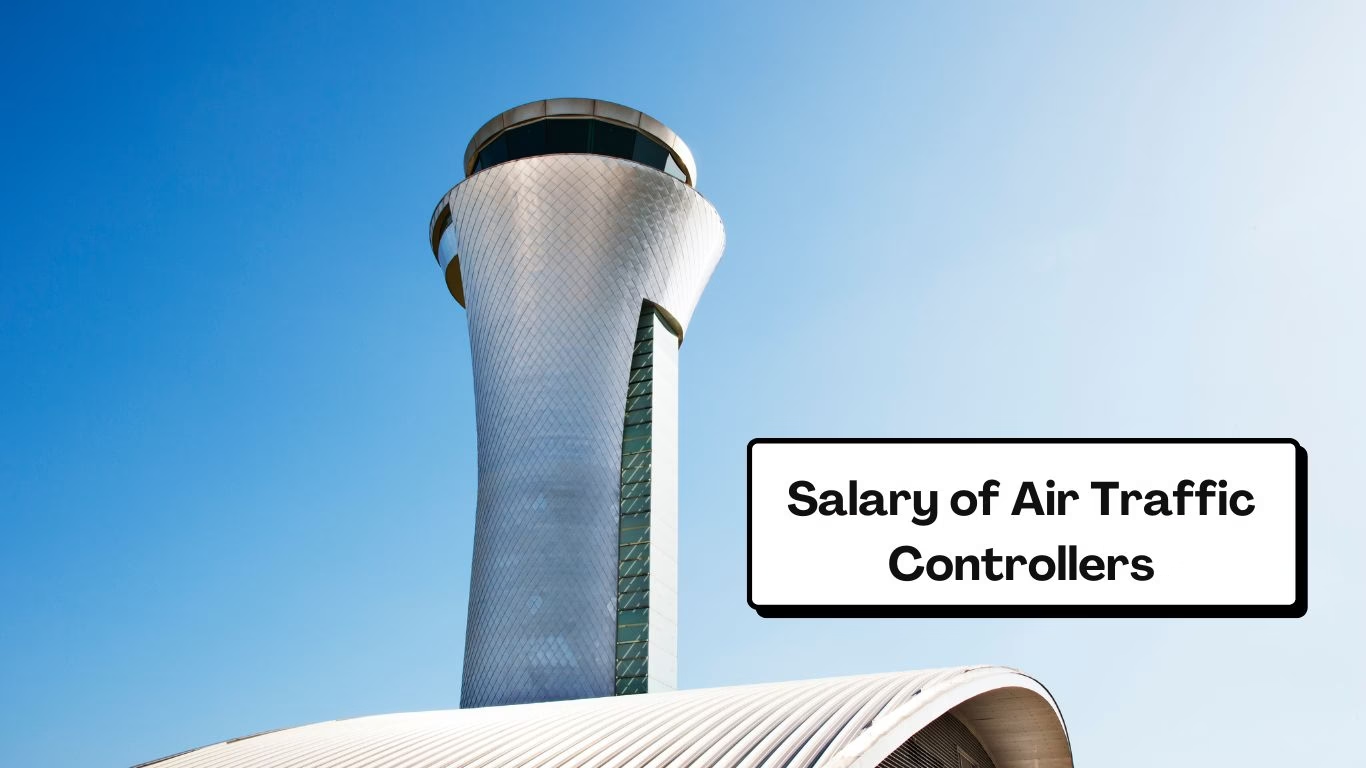
Salary of Air Traffic Controller
Air traffic controllers’ salaries are considered one of the highest in the world, due to the demanding nature of this job. The salary of an Air Traffic Controller varies based on different regions, experience, and the conditions of the aviation industry.
The Air Traffic Control is one of the main components of the aviation industry. The primary responsibility of the Air Traffic Controller is to prevent collisions and to manage and ensure smooth and secure air traffic flow. This is done by providing real-time instruction to the pilot to maintain and ensure a smooth and orderly flow of air traffic.
Air traffic controllers (ATCOs) are the personnel who provide the ATC services in the aviation setup. They are highly trained professionals who monitor and navigate the aircraft to ensure smooth flight by using communications system radar and other different navigation tools.
Job Nature
The Air Traffic Controller’s job is to ensure the safe and efficient movement of air traffic in controlled airspace and at the airports. This job requires excellent communication skills, quick decision-making ability, and sharp concentration. The ATCOs work in the control tower, radar room, and in the area control center. They required constant situational awareness as they had to handle multiple aircraft simultaneously. They work under strict regulatory compliance of ICAO and local aviation authorities for particular regions or states and work 24/7 in shifts.
Salary of Air Traffic Controller in the USA
In the United States Air Traffic Controllers are among the highest-paid professionals in the aviation industry.
- The entry-level controller’s salary is about $ 61,042 annually.
- Experienced controllers earn more than $140,000 annually with other benefits like pensions, health care, etc.
- The average annual salary for Air Traffic Controller is around $100,810 to $105,297.
Salaries for Different States in the USA
According to the US Bureau of Statistics 2023 Air Traffic Controllers, wages statistics are:
| State Employment | Hourly mean wage | Annual mean wage |
| Alaska | $58.89 | $122,480 |
| District of Columbia | $44.66 | $92,890 |
| New Hampshire | $78.60 | $163,480 |
| New Mexico | $62.11 | $129,180 |
| Hawaii | $64.87 | $134,930 |
Top-Paying States for Air Traffic Controllers
Some states offer higher salaries than others. For example:
| States | Hourly mean wage | Annual mean wage |
| New Hampshire | $ 78.60 | $ 163,480 |
| Virginia | $78.18 | $162,620 |
| Minnesota | $75.03 | $156,070 |
| Illinois | $74.44 | $154,830 |
| Colorado | $73.36 | $152,580 |
Salary of Air Traffic Controller in Canada
- Salary Range:
- Trainees start with approximately $48,000 per year.
- Base Salaries for certified ATCs range from about $81,000 to $165,000 annually.
- Experienced controllers in major centers like Toronto can earn between $160,000 and $350,000 when including overtime and premiums
- Hourly Wages:
- The median hourly wage across Canada is about $46.156.
- Hourly wages can range from around $21.00 to over $105.77 depending on the region and experience level.
Salaries of ATC in the European Region
The salary of an Air Traffic Controller in Europe varies based on experience, air traffic volume, and particular European country. In Europe, southern European nations have low pay as compared to western and northern European countries.
- United Kingdom: The Air Traffic Controllers working under national air traffic services annually earn between €58,000- €140,000.
- Germany: In Germany, the salary ranges from €21,020- €72,260 annually. The earnings of the air traffic controllers at Frankfort airports are higher.
- France: In France, Air Traffic Controllers have salaries from €61,536 to €110,187 annually including allowances.
- Italy and Spain: In Italy and Spain, it’s €45,000- € 55,000.
- Eastern Europe: Like in Poland is between PLN153, 125- PLN 274,189 annually.
Salaries of ATC in the Middle East
In Gulf countries like Bahrain, Kuwait, Saudi Arabia, Oman, and Qatar Air Traffic Controllers receive highly competitive salaries due to the rapid growth in the aviation industry and tax-free income policies.
- United Arab Emirates: In Dubai, the Air Traffic Controller earns between AED128,900 – AED454,300 annually.
- Saudi Arabia: Air Traffic Controllers working with the general authority of civil aviation earn SAR 103,644-SAR 186,286 annually, with some benefits.
- Qatar: The Air Traffic Controller who works with Qatar Civil Aviation Authorities earns between 96,160-327,300 QAR per year, with some additional benefits.
- Bahrain, Oman, and Kuwait: The salary of Air Traffic Controllers in these countries is between $60,000-$140,000 depending upon the airport traffic volume and experience of the air traffic controllers.
Read More About: Emirates Airlines Pilot Salary Breakdown 2025
License of Air Traffic Controller
Type
-ATCO License
Privileges
To provide or supervise control service for the airport or unit for which they are rated. Ratings include:
– Aerodrome control
– Approach control procedural
– Approach control surveillance
– Area control procedural
– Area control surveillance
– Approach precision radar control
Experience Required
Completion of a training course and at least 3 months of service in actual air traffic under the supervision of a rated ATC. Specific ratings require different hours or months of experience (e.g., 90 hours for aerodrome, 180 hours for approach/area controls).
Additional Requirements
Hold a valid Student ATCO Licence; complete Unit Endorsement Course; complete Training in Abnormal and Emergency Situations (ABES) and Human Factors; hold a current Class 3 medical certificate.
Air Traffic Controller Requirements
The requirements for becoming air traffic controllers in the aviation industry vary by country, but most requirements are the same worldwide. A few vital requirements for becoming an air traffic controller worldwide in the aviation industry are given as under.
- Most country’s age requirements are between 18 to 30 years.
- In terms of education, mostly minimum high school diploma is required but many countries prefer to have a bachelor’s degree.
- In terms of language ICAO (International Civil Aviation Organization) has declared English as a standard language in the aviation industry. So for Air Traffic Controllers ICAO level 4 proficiency.
- In terms of medical fitness according to ICAO Class 3 medical certification is required.
- In terms of skills, air traffic controllers should have such like strong communication skills, situational awareness, the ability to work in a team, and the ability to work in high-stress environments.
Selection Procedure for ATC
- The first step in this process is the screening of applications they filter out those applications that meet their requirements such as medical fitness as required by the ICAO, Language Proficiency, education, citizenship, and age.
- The second step that is considered in this process is Aptitude testing. During the aptitude testing, different assessments are done for example cognitive tests, English language tests, and work sample tests. ATC scenarios are given to candidates to check whether a candidate can perform well in a multitasking environment and can perform their tasks in stressful situations.
- The next step in the selection procedure is the interview. A structured interview in which the candidate’s access. Like personal experiences, and their understanding level of the ATC role etc.
- The next step is the medical examination. To ensure that the candidates meet the requirements to get ICAO class 3 certification.
- The next step in the selection process is security clearance. In which candidate’s backgrounds are checked, criminal records, employment history, and drug testing.
- After the selection of the candidate. The training program starts to equip candidates with the necessary skills so that they become ready to perform their duties as air traffic controllers. Overall the training process takes 12 to 36 months depending on the specific ATC role and the country.
Job Description of the Air Traffic Controllers
Job descriptions of air traffic controllers vary depending on the role and the position they are performing their job.
Tower Control
The controllers that operate from the airport control towers are commonly known as tower controllers. Their main responsibility is to manage takeoffs and landings of aircraft at the airport while ensuring safe separation between aircraft. Controlling the ground movements of the aircraft. They are also responsible for managing any emergency. Their operational range is usually up to 5 to 10 nautical miles of radius around the airport.
- Control and monitor the movement of aircraft on the ground, taxiway, runway, and the space around the airport up to 5-10 nautical miles around the airport.
- Communication between the aircraft about taxi instructions weather conditions, and emergencies.
- To give clearance to the arriving and departing aircraft to ensure safe separation between the aircraft.
Approach control
The role of approach controllers is to control and manage safely arriving at and departing aircraft from the airport covering an area of approximately 50 to 60 nautical miles radius. They work with close coordination with both tower control and area control by the use of radar. The main responsibility of the approach controller is to guide departing aircraft up to transition to the area controller, manage arriving aircraft, and align them for a smooth and safe landing. They ensure the orderly flow of air traffic for optimizing airspace use.
- Manage the movement of arriving and departing aircraft up to 50-60 nautical miles of radius around the airport.
- To guide departing aircraft up to its safe transition to en-route airspace. And sequencing of arriving aircraft for its smooth landing
- Use of radar and radio communication systems to ensure a safe distance between multiple arriving and departing aircraft.
Area control
Area controllers are commonly known as En-route controllers. Their responsibility is to manage the orderly flow of high-altitude en-route cruising flights. They perform their duties from the area control center (ACC). They work in two categories. First is the Radar controller which is responsible monitor and directing aircraft using radar systems and the second one is the Procedural controller. They have to manage aircraft using position reports from the pilot where radar coverage is limited. Their responsibility is to ensure the smooth and orderly flow of aircraft while maintaining a safe distance along their designated airway and to assist them in rerouting in any kind of emergency like bad weather conditions.
- Monitor the aircraft during its high-altitude cruising phase up to departure and the destination airport.
- Use of flight data and radar systems to monitor and ensure that aircraft are in their secure flight paths.
- Provide alternative routes in case of any emergency, bad weather, or airspace congestion conditions.
Ground control
They manage the ground movement of the aircraft on the aerodrome. Like taxiways, parking areas, and aprons. As we know a lot of movement occurs on the aerodrome like the movement of aircraft and ground support vehicles. They have to prevent collision between them to ensure smooth ground movement of aircraft and ground vehicles.
- Manage the safe movements of the aircraft and other ground vehicles on the apron parking area and taxiway to avoid collisions.
- Provide instruction to the pilot regarding taxing, parking, and runway access.
Clearance delivery controllers
Clearance delivery controllers are those controllers who give route clearance to the aircraft even before the aircraft taxi to the runway. They also provide flight plans, departure instructions, and initial altitude to the departing aircraft pilots.
- Provide flight route clearance and initial altitude instruction to the aircraft pilot before its departure.
- Ensure compliance of the aircraft flight plans with the air traffic flow management and with the airspace regulations.
Conclusion
When considering a career as an Air Traffic Controller, it’s essential to look beyond the competitive salary and benefits that include responsibility, stress, skills, training, work-life balance, etc. While Air Traffic Control offers a rewarding career with substantial compensation and benefits, it also involves significant personal sacrifices due to its demanding nature. Prospective candidates should carefully weigh these factors when considering this profession.
Read More About: Management of Radio Frequencies in Air Transport
Similar Post
Comments
2 responses to “Salary of Air Traffic Controller”
-
Very Informative
-
[…] Read More About: Salary of Air Traffic Controller […]
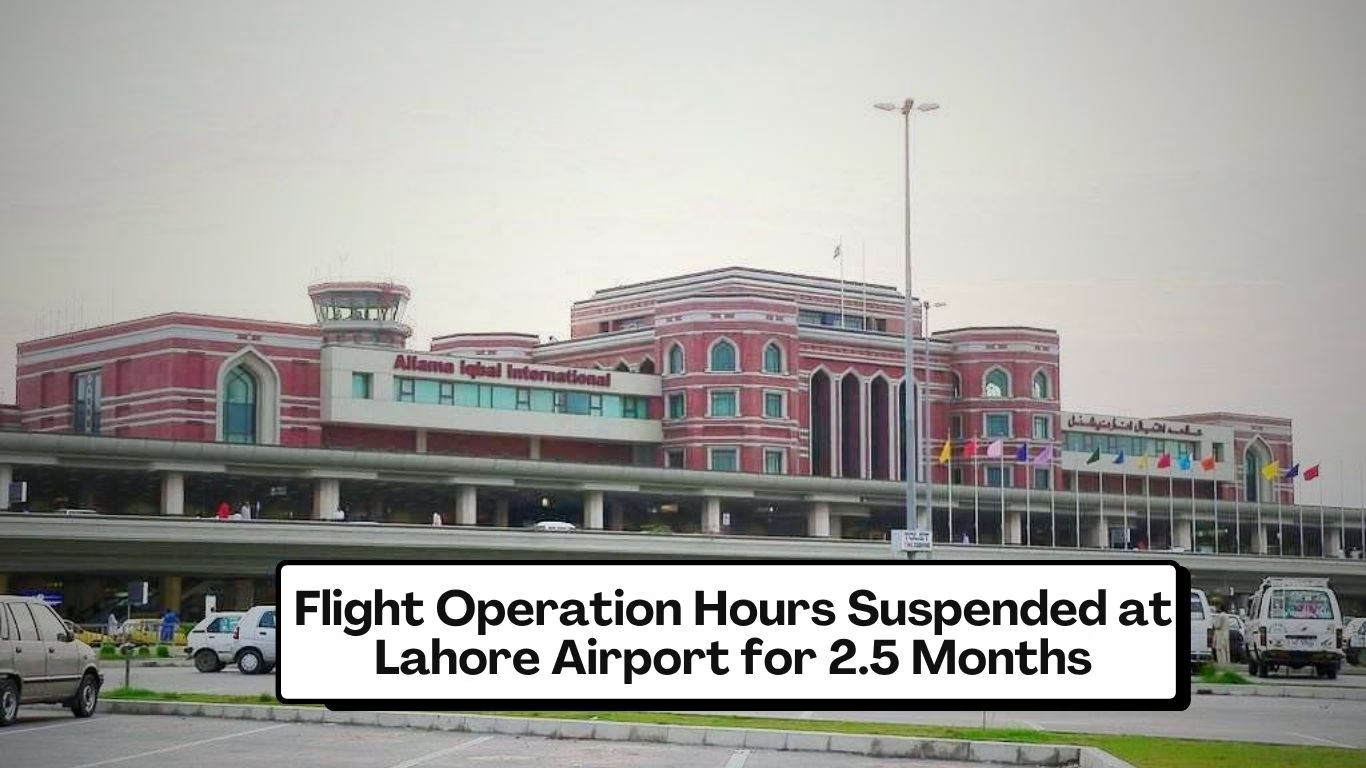
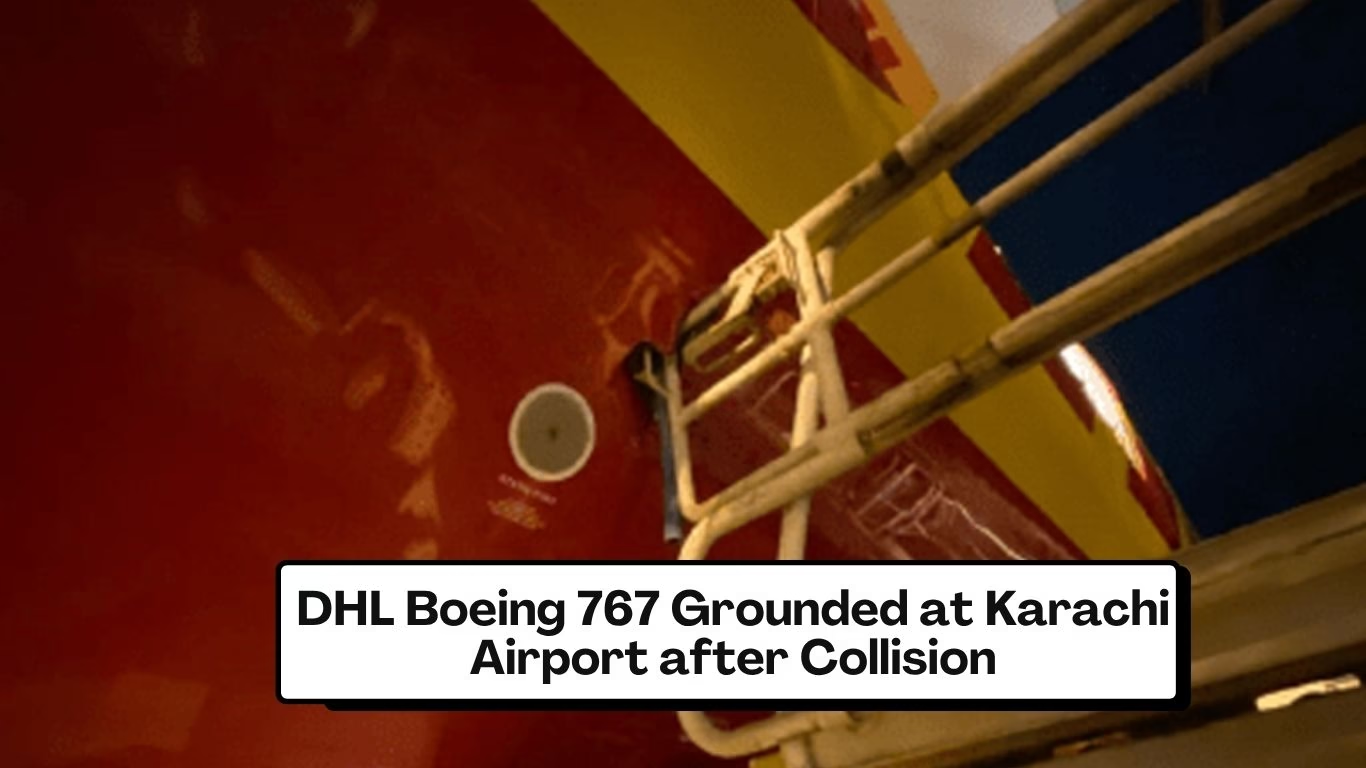

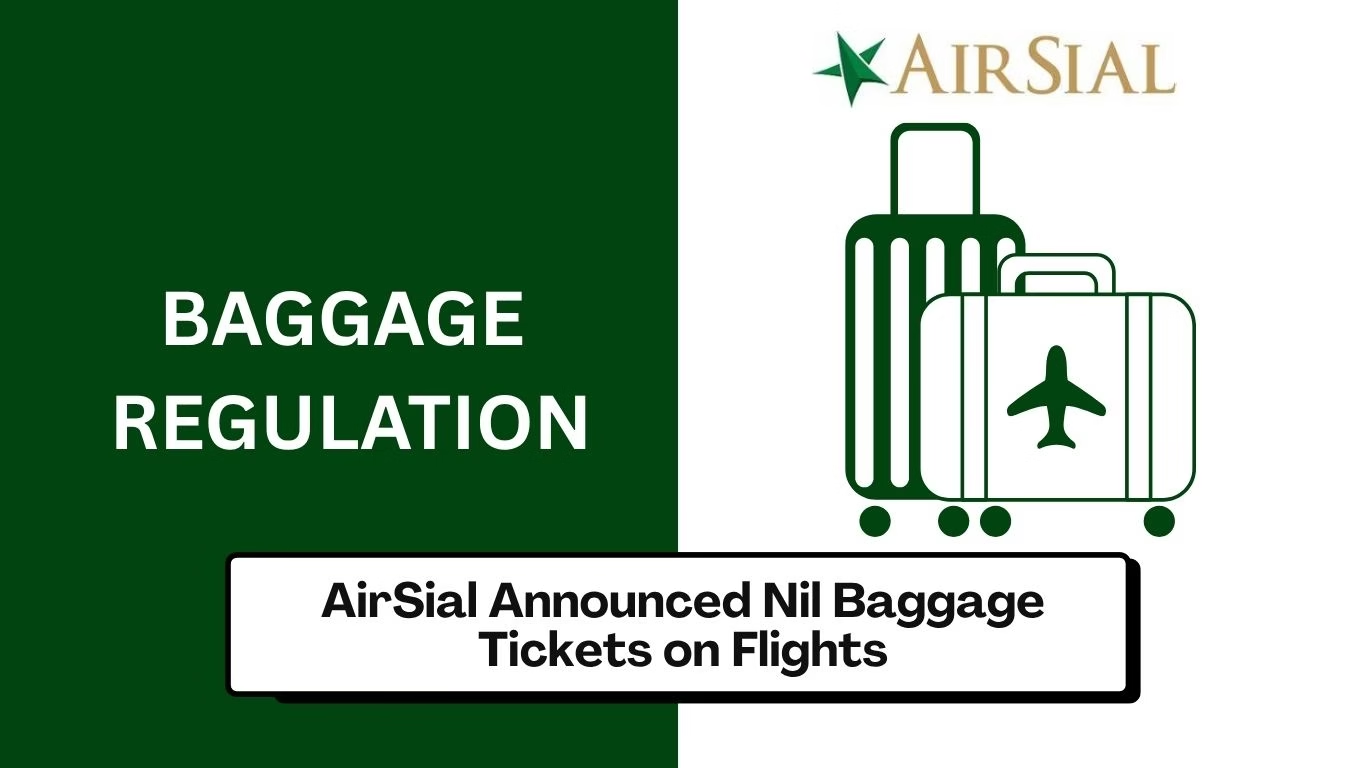
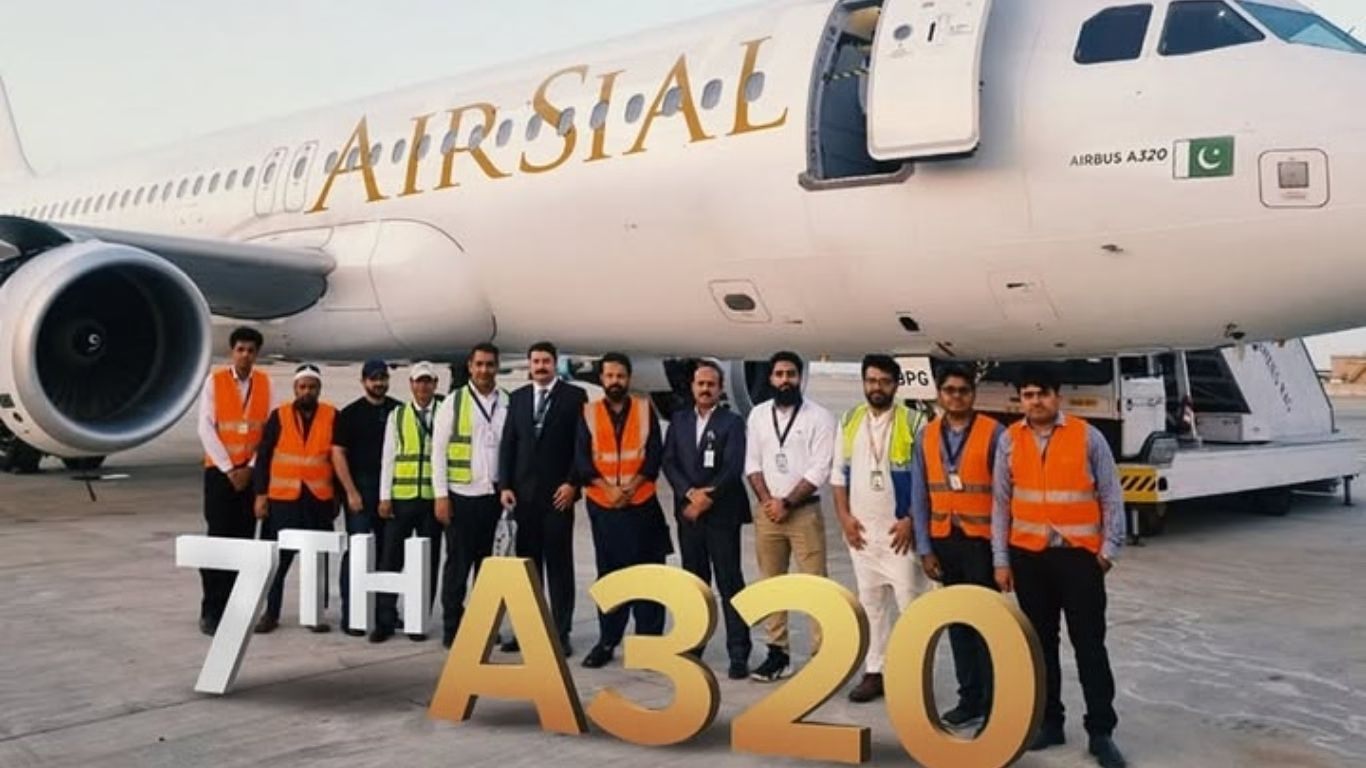
Leave a Reply